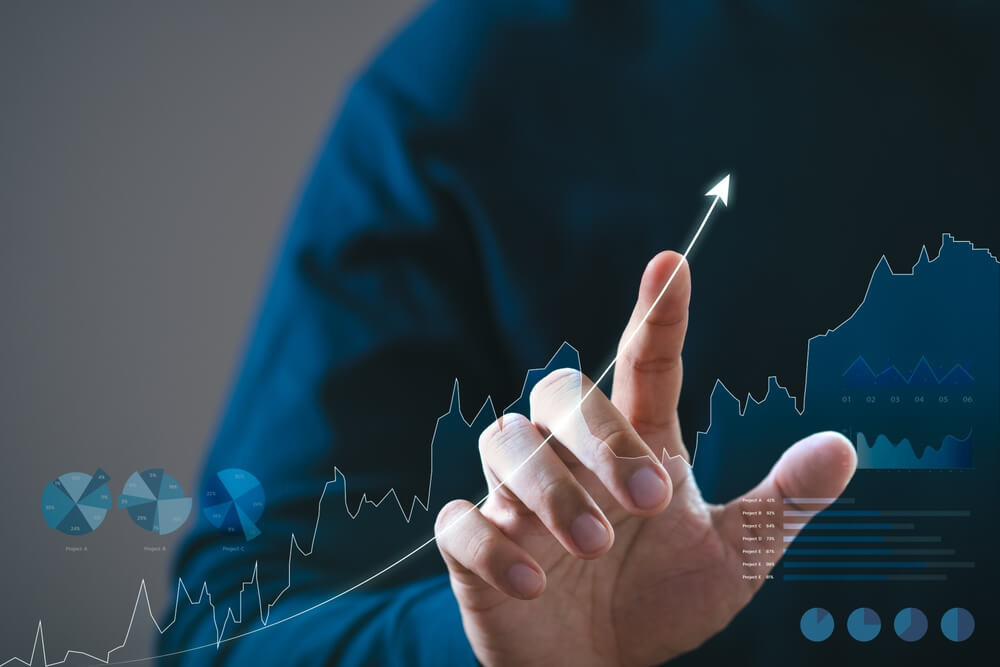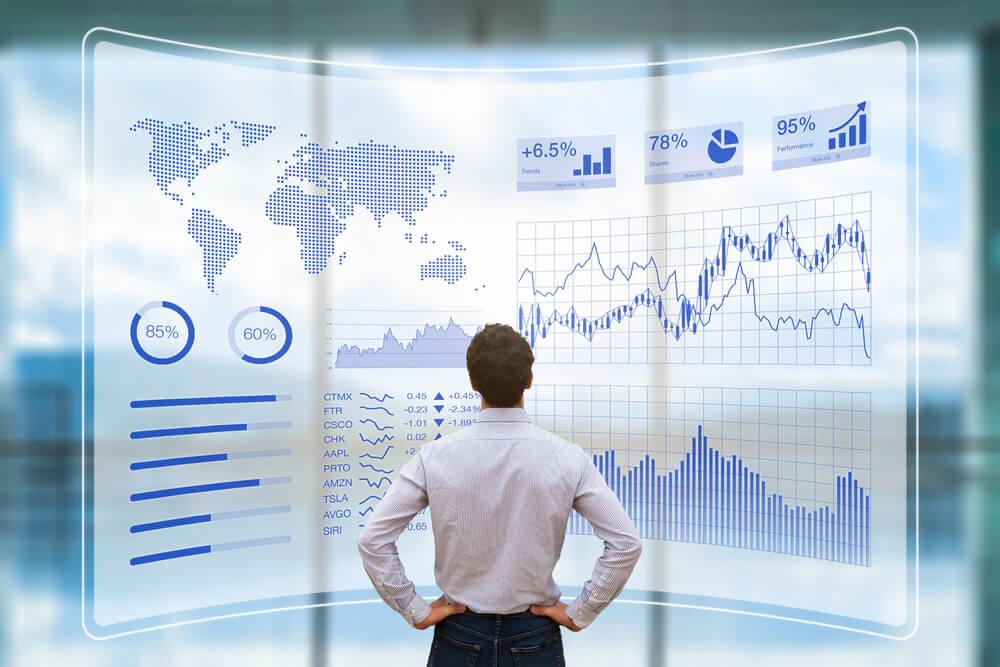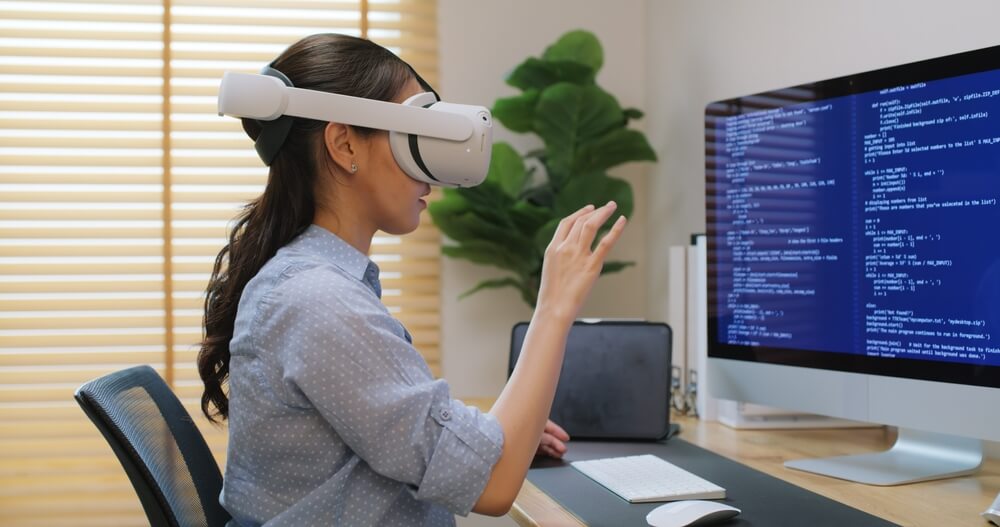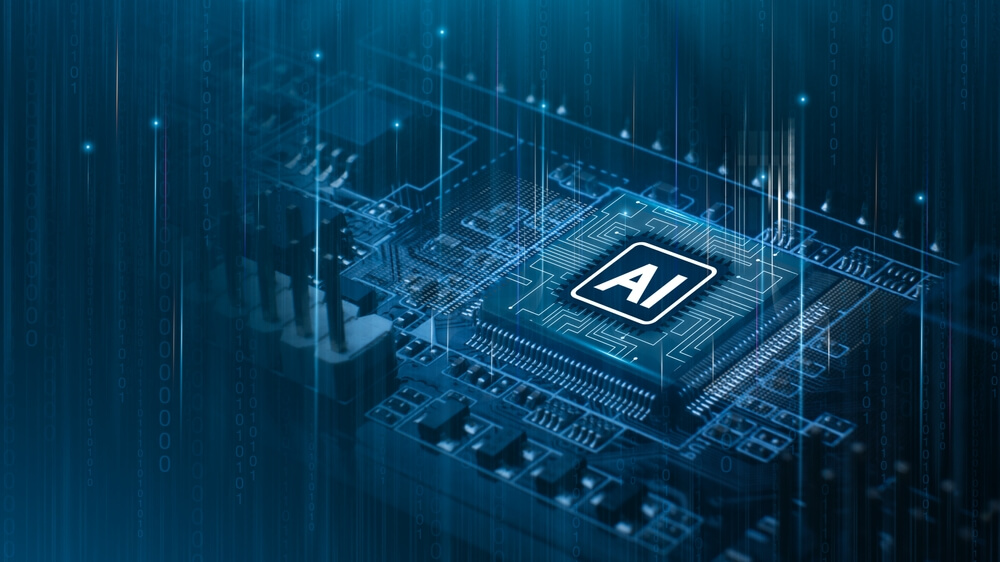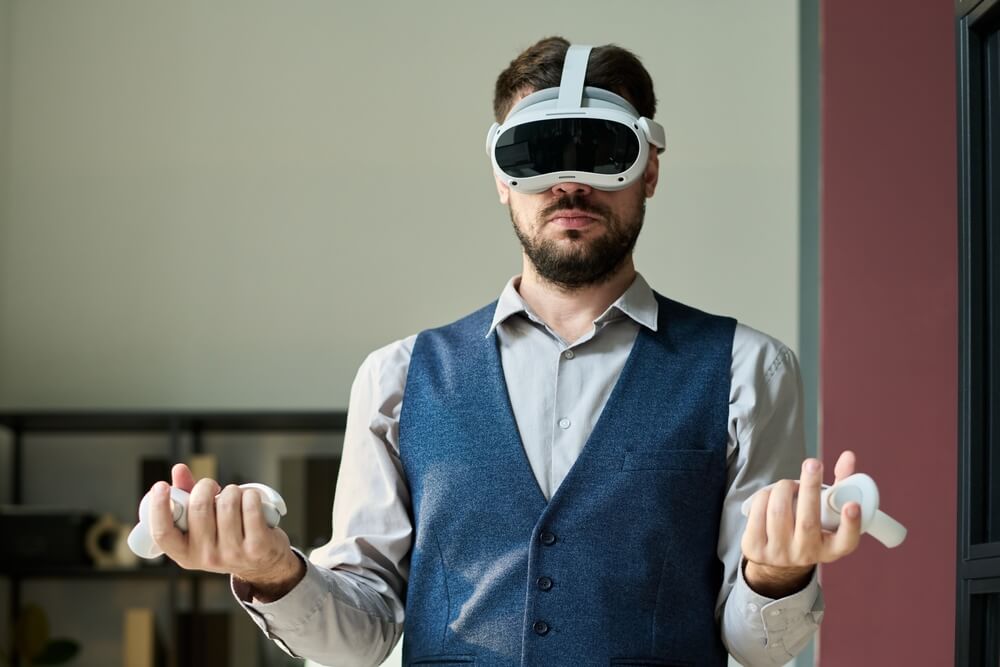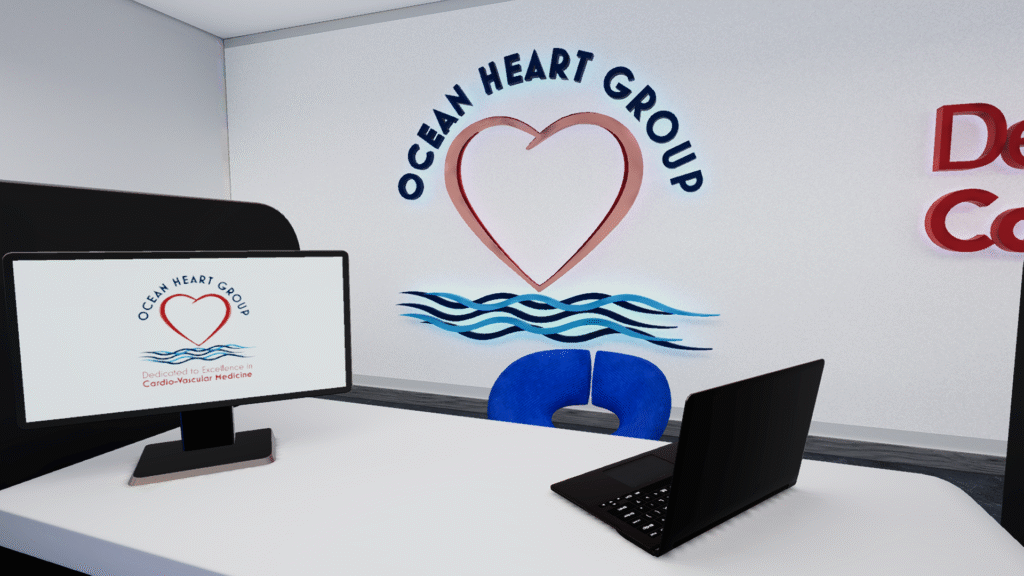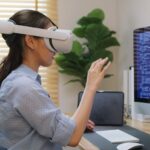VR in the Retail Workplace – a modern solution for the needs of future
Table of Contents:
Did you know that the use of Virtual Reality in retail and marketing sectors is expected to generate almost $2 billion by 2022 ? Yes, that’s right. Statistics show that 2/3 of Internet users would be interested in VR and over 60% said such technologies would change the way they shop. The use of VR software is moving past first-generation devices into moderate adoption. In consequence, retailers are fast recognizing virtual reality in retail as a transformational tool that can create engaging customer experiences. In this article, we will focus on the importance of deploying vr for business and the benefits of Virtual Reality for retailers.
The benefits of Virtual Reality for business
Through the use of VR, stores can test an almost infinite number of layouts to see which will be best for their business. There are numerous advantages to using a VR environment rather than experimenting in an actual physical space. You don’t have to move around heavy shelves from spot to spot. Your employees and products are safe from possible accidents. Finally, less time is required to transition to a new layout.
On top of that, Virtual Reality in retail goes beyond its inclusion in-store. You can use it for research purposes and for the planning phase. Displaying (and presenting to clients) various products and services through VR tools can let you understand whether your ideas will be successful before they are released into physical stores. It is a great way to understand what your customers expect and how they want to interact with your brand. Virtual Reality retail stores offer competitive advantages of appealing to customers in new and high-end ways.
Thanks to Virtual Reality in retail, you can unleash the potential to create unique brand experiences that drive conversions and repeat visits. The only thing you need to remember is that the user must stay as immersed as possible to get the most out of the experience. Currently, the most popular ways VR is used in retail are the following:
- Personalized products – due to vr for business, you can create a custom order based on a customer’s imagination. You can easily produce virtual versions of the desired products.
- Personalized marketing and product discovery – you can personalize your marketing activities by coupling them with your in-store navigation. You display personalized offers on products through VR based on the purchase history. It is proved that personalized offers have higher conversion rates and improve the shopper experience. With VR, online retailers can simulate an immersive environment customers wouldn’t otherwise experience. It’s a compelling real-time experience akin to real life.
- Reduced returns – virtual reality in retail gives customers the ability to more accurately visualize products which usually leads to confidence in their purchasing decision.
- Online marketing activities – launching new products might be a challenge today. Many brands rely on the physical touch and feel of products and Virtual Reality is a great solution for those who cannot visit stores to examine products physically. VR experience can be a digitally enhanced experience of the product with which a customer can interact from their homes. Such VR in retail increases brand loyalty and advocates for the brand.
- Collecting customer analytics – VR platforms allow store owners to collect data on how customers interact with products. Such Virtual Reality in retail gives retailers valuable insight into their marketing efforts.
Summing up, Virtual Reality in retail is a great opportunity for businesses. It allows you to optimize the costs – the VR store doesn’t require a physical location. You don’t need to worry about electricity bills etc. No interior design, no fancy accessories, and gadgets – it’s all about the virtual world. You can make the most of both a traditional and online store. No more boring online stores with their silly banners. VR stores enable you to create a design from scratch, everything is fully customized. And you can adjust every single element based on your needs. Last but not least, using VR for business can help you avoid the costs of possible damage. Your virtual products cannot be damaged in any way, no cleaning staff is needed and problems with physical users are eliminated. Literally, 100% eliminated.
Train the best and work with the best
Behind the scenes is equally important as what the user sees. Virtual Reality should make the store operate like a well-oiled machine. It’s a great way to increase productivity and efficiency, e.g. during the training and onboarding stage. You can train new employees on proper procedures easier than ever. You can identify any possible redundancies without impeding customers, as well as perform collaborative assessments while experimenting with new workflow possibilities. Training becomes a snap – you just place your new employees in scenarios so that they quickly become familiar with their roles, they get a sense of company setting and culture.
Finally, they begin acclimating to their new positions. They land into a situation where they must navigate how to appropriately deal with a disgruntled or difficult customer. What is interesting, Virtual Reality is believed to be one of the most efficient learning methods. Learning new products and their specifications has become easier than ever. And so are conflict resolution and empathy / an understanding of the customer. A really cool thing is that a VR salesperson is always impeccable. They have perfect hair, fresh clothes etc. On top of employee training, VR in retail also enables you to train your customers. They learn how to get familiar with the company and its products and they check them before purchasing.
Virtual Reality in retail – user experience
It turns out that Virtual Reality retail stores can provide customers with a unique in-store experience that they can get at home. Around 80% of retail customers declare they are eager to use VR and AR apps to enhance their shopping experience. While online shopping has been taking up an ever-increasing share of the retail market, companies are forced to adapt and accommodate the trend. More and more often we see them offering VR goggles so that the customers can interact with a virtual recreation of the store.
Here is how VR in retailrevolutionizes user experience .
- It allows customers to get familiar with the products without even leaving the house. Have you heard of North Face that allows customers to virtually climb the peaks of Yosemite while testing out their new outdoor gear? This is a unique experience that aligns with their products. For a car purchase, VR might mean exploring the cockpit or taking a virtual test drive. Visualizing products online with an added element of personalization lets them fully engage in shopping. Customers get more of a feel for what your business is about.
- It’s a visual guide for customers to select the products they want and be led to the in-store location. Customers can explore a virtual store. They can pick up and examine items in 3D before deciding to purchase them with just a look. Especially now, during the pandemic, consumers are (and will be for a long time) highly alert and particularly conscious about how they interact with products in bricks-and-mortar stores. For example, they may be reluctant to try out clothes that might have possibly come into contact with others. Virtual stores help prioritize consumers’ safety, establishing trust and offering the convenience of use.
- It enables users to receive and send customer feedback regarding products from other customers.
Conclusion
Virtual Reality offers a unique shopping experience to customers It helps them make better decisions while saving their time. Also, VR reduces contact in stores or enables an immersive experience while shopping from home which means the technology keeps them safe. As the development of VR has become more and more sophisticated, it is high time that you prepare your business for the increasing adoption of the technology that will both radically impact future customer experience and help you increase profits.

Author: Rafał Siejca
Rafal has over twenty years of corporate experience, including roles at Millennium Bank, Comarch, and leading software teams at PZU, one of Europe’s largest insurance companies. As one of Poland’s few true VR experts with a decade of experience, he ensures timely, high-quality project delivery as CEO and CTO.


